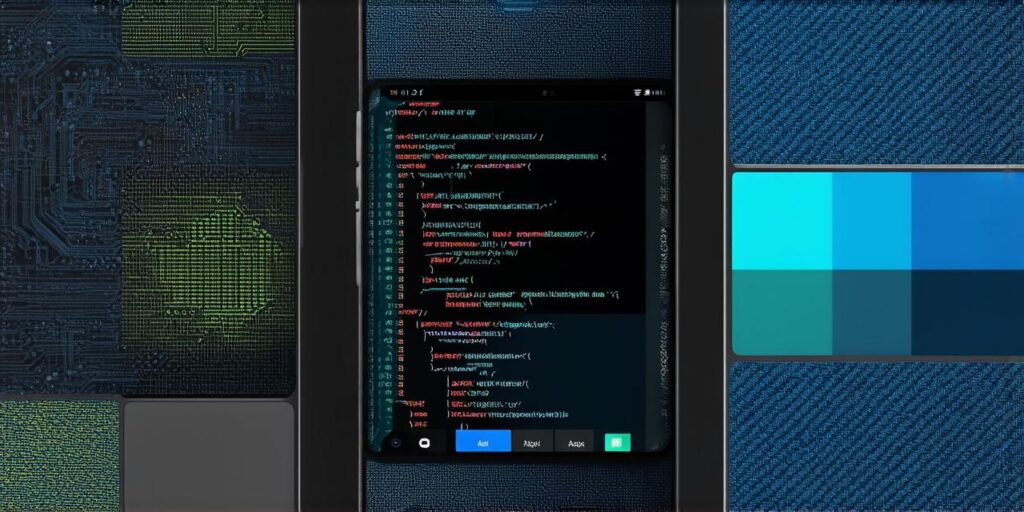Mobile app development has become increasingly popular in recent years as more people rely on their smartphones and tablets for daily tasks.
If you’re considering building a mobile app, here are some steps to help you get started:
Determine the Purpose of Your App
Before you start coding, it’s important to have a clear understanding of what your app is intended to do. Consider the problem that your app will solve or the need that it will fulfill for users. This will help guide your design and development decisions and ensure that your app meets the needs of your target audience.
Choose Your Platform and Development Environment
Once you have a clear idea of what your app should do, it’s time to choose which platform(s) you want to develop for and which development environment you will use. Some popular platforms include iOS and Android, while development environments include Xcode (for iOS) and Android Studio (for Android). It’s important to choose the right platform and development environment for your app, as they can impact the functionality and user experience of your app.
Create a Wireframe and Design Your User Interface
Once you have chosen your platform and development environment, it’s time to start designing the user interface (UI) of your app. Creating a wireframe is a good starting point, as it allows you to visualize the layout and flow of your app without getting bogged down in the details. From there, you can use tools like Sketch or Adobe XD to create a more detailed design for your app’s UI.

Write Your App’s Code
With your wireframe and UI design in place, it’s time to start writing code. This is where the real work begins, as you will need to bring your app to life by implementing its functionality. Depending on your development environment and programming language, this process may vary, but it typically involves writing a series of files that define your app’s behavior and interactivity.
Test Your App and Debug Any Issues
Once you have written the code for your app, it’s important to test it thoroughly to ensure that it works as intended. This may involve running the app on a physical device or using an emulator to simulate its behavior. As you test your app, you may encounter bugs or issues that need to be debugged and fixed. It’s important to catch these issues early in the development process to avoid delays and ensure that your final product is of high quality.
Launch Your App on the App Store or Google Play
When you are satisfied with your app and have resolved any issues, it’s time to launch it on the app store or Google Play. This will make it available for users to download and use. Depending on which platform(s) you chose earlier in the development process, you may need to follow different steps to publish your app. Be sure to follow all necessary guidelines and requirements to ensure a successful launch.
Market Your App
With your app now live, it’s important to market it to attract users. This may involve using social media, online advertising, or other promotional tactics. Consider the target audience for your app and the ways that they are most likely to hear about and download it. By effectively marketing your app, you can increase its visibility and ensure that it reaches the people who need it.
Summary
Developing a mobile app can be a challenging but rewarding process. With careful planning and execution, you can create an app that solves a real problem or meets a real need for users. By following these steps, you can begin developing your own mobile app and bring it to market successfully.



